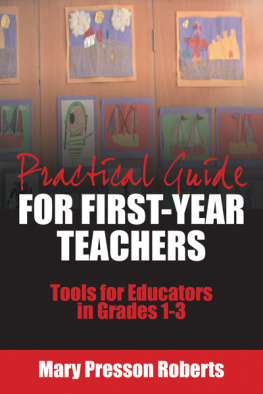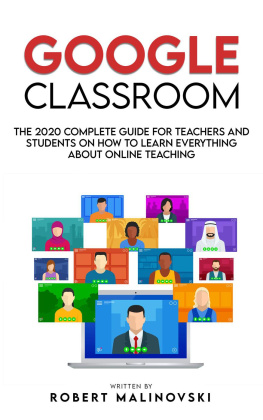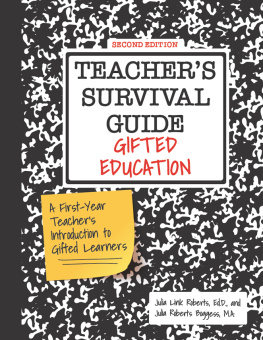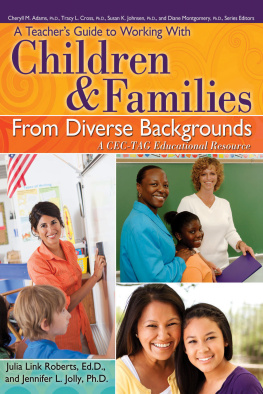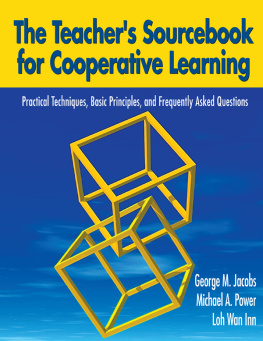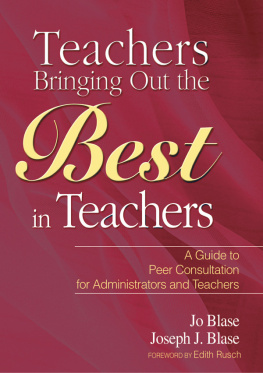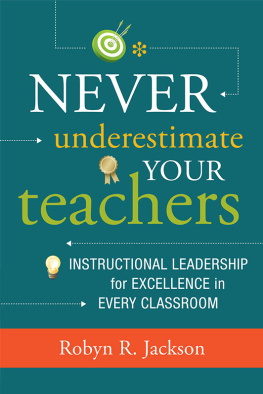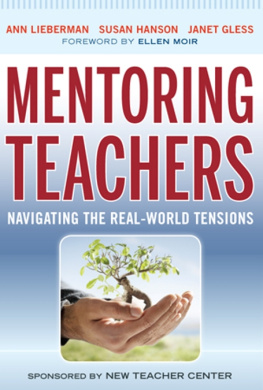

Copyright 2001 by Mary Presson Roberts.
First Skyhorse Publishing edition 2015.
All rights reserved. No part of this book may be reproduced in any manner without the express written consent of the publisher, except in the case of brief excerpts in critical reviews or articles. All inquiries should be addressed to Skyhorse Publishing, 307 West 36th Street, 11th Floor, New York, NY 10018.
Skyhorse Publishing books may be purchased in bulk at special discounts for sales promotion, corporate gifts, fund-raising, or educational purposes. Special editions can also be created to specifications. For details, contact the Special Sales Department, Skyhorse Publishing, 307 West 36th Street, 11th Floor, New York, NY 10018 or info@skyhorsepublishing.com.
Skyhorse and Skyhorse Publishing are registered trademarks of Skyhorse Publishing, Inc., a Delaware corporation.
Visit our website at www.skyhorsepublishing.com.
10 9 8 7 6 5 4 3 2 1
Library of Congress Cataloging-in-Publication Data is available on file.
Cover design by Michelle Lee
Print ISBN: 978-1-63220-577-3
Ebook ISBN: 978-1-63220-992-4
Printed in the United States of America
Y our first years of teaching can be an overwhelming experience. It is an exciting time, when you will get the opportunity to put your ideas and knowledge into practice. It is also a time when you will need much support. It is hoped that your school and school district will provide you with that needed support. If this is the case, this book will serve to supplement that support system. If you do not have a great deal of support, this book will offer many ideas and suggestions to help you in your first years of teaching.
In my first years of teaching, I did not have a great deal of support. Consequently, I wanted to find a way to use my experiences in the classroom to help others have a positive experience in the beginning of their careers. This book will be a reference covering many areas of need for beginning teachers. Some of the areas covered may not have been addressed in your teaching preparation program.
INTENDED AUDIENCE AND ANTICIPATED USES
This book is targeted to student teachers, substitute teachers, teachers new to the profession, teachers returning to the profession, emergency credential teachers, as well as those training the above-mentioned professionals. Prior to writing the book, I surveyed professionals in the above-mentioned categories to find out what they would like to see included in a teaching reference. The contents of this book have been tailored, based upon the survey results, to meet the needs of those just entering the teaching profession. This book will be a valuable reference tool for those in their first few years of teaching.
KNOWLEDGE BASE OF THE BOOK
The book is based upon my experiences teaching in the primary grades. This year I will begin my fourteenth year of teaching in the primary grades. The contents of the book are based on experience rather than on research. All of the professionals, students, and parents I have worked with have influenced the contents of this book.
OVERVIEW OF THE SCOPE AND ORGANIZATION
This book is divided into twelve chapters. These chapters focus on: classroom environment, parent communications, parent involvement, discipline, instructional planning, developing themes, instructional presentation, differentiation of instruction, student assessment and record keeping, using technology in the classroom, planning for special events, and the professionalism of teaching.
guides the reader in setting up a classroom as a learning environment. Directions are given for placement of the furniture, setting up attractive student learning stations, and decorating the classroom by using teacher-made materials. A diagram of a classroom and photographs of actual classroom settings provide pictorial examples.
provides the reader with descriptions and concrete examples of strong parent communications. The Beginning of the Year Letter, weekly newsletter, and Open House newsletter have been described in detail. Following the descriptions, actual newsletters used for a primary classroom have been provided. Suggestions for creating a video to be shown to parents during Open House have also been provided.
The chapter goes on to give helpful hints about scheduling, preparing for, and conducting parent-teacher conferences. A sample form for scheduling conferences is included. Two sample conference reports, to be filled out by the teacher prior to each conference, have been completed for reference.
The chapter concludes by giving information regarding how to handle phone and written communications between home and school. It also gives tips for bridging the communication gap with hard-to-reach families.
gives easy ways to get parents involved in classroom activities with minimal teacher preparation. The chapter describes how to recruit and use parents as tutors for students requiring additional support. Suggestions are given to invite parents to be guest speakers to share their own knowledge, read stories to the class, serve as lunch buddies for students, and serve as chaperons on class trips. Advice for dealing with conflicts with parents is also given in this chapter.
In the importance of strong classroom discipline is discussed. The chapter begins with a section about rules and consequences. A positive and negative chart management system is explained and depicted in a photograph. The importance of providing a highly structured classroom environment and being prepared as a teacher to prevent discipline problems is discussed.
Methods to document behaviors inconsistent with the classroom plan are given through examples of a documentation log and sample daily student checklists.
The first section of deals with how to create long-range plans for the entire year. A long-range plan for a primary classroom is given as an example. This long-range plan lists themes of study, books to be used for each theme, and major skills that will be covered through each theme. Illustrations of student projects relating to the themes appear throughout this section.
The next section of the chapter focuses on short-range planning. This refers to completion of lesson plans. Sample lesson plans, as they would appear in a lesson plan book, have been given for one week.
Good practices for working with members of a grade-level planning team are given. A sample of a team planning form is given as a way to ensure all members of the planning team work to do their share of the planning and come to the planning sessions prepared.
Guidelines are explained for leaving meaningful plans and activities for a substitute teacher. A sample lesson plan for a substitute teacher is included. Emergency lesson plans are described.
Many examples and ideas are given for planning for the first day of school, planning for the typical day of school, and planning for the end of the school year. Activities for the first day of school are described in sequential order. These activities include instructional as well as management activities. A typical day for an early elementary classroom has been planned using times of the day as reference. This plan shows what types of activities should be planned for each day and the approximate amount of time the activities should take. Discussing the end of the year, several fun activities are described that will benefit the teacher, the students, and the parents.

